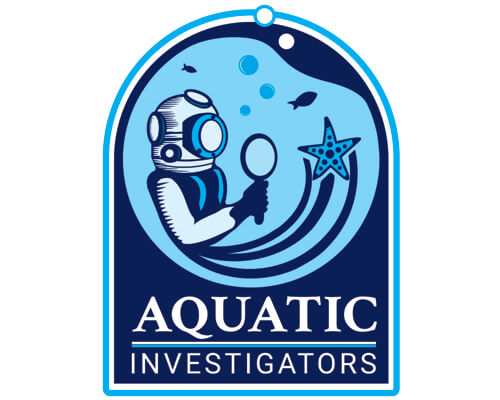Blogs | 4.25.2017
Virginia School Students Become Aquanauts in Our Aquatic Investigator Program!

What’s the best way to get kids engaged in STEM? Make it real, make it matter, and make it fun! Challenger Learning Centers have known this for the past 30 years and it was wonderful to watch the EngiLearn platform apply these same principles to Virginia schools students for the past few months as we piloted our “Aquatic Investigators” program.
Focused on demystifying the world of ocean science, the Aquatic Investigators program took students, deeming them “aquanauts”, under the ocean to conduct research for and receive guidance from the virtual “Commander Carpenter.” By working with Commander Carpenter, students began to learn about the various phenomena that are impacting the livelihood of the Hawaiian monk seal. It was amazing to watch 10 and 11-year-old students discuss with such gusto and enthusiasm about the transfer of carbon from the atmosphere to the ocean and how that exchange impacts the acidity of the water, the impact of pH on the shell development of pteropods, and finally the way in which changes to the bottom of the food web impact predators at the top, such as the Hawaiian monk seal.
As the mission progressed and students were immersed in their ocean science research, Commander Carpenter appealed to them with a plea for help; her submersible “The Ballard” was in crisis and only the aquanauts would be able to save her and the crew. Willing to fully suspend disbelief, students immediately began collaborating with one another, using the tools at their disposal to guide Carpenter’s crew to safety. As one student said at the end of the crisis, “I can’t believe they trusted 5th graders to help with this!” Building confidence in their abilities, as well as working on critical 21st century skills like communication, problem-solving, and collaboration is a key part of the Aquatic Investigators experience.
The Aquatic Investigators mission also incorporates an engineering design activity to further students’ understanding of the engineering design process. The initial design of the submersible was flawed (hence the crisis noted above) and students were tasked with searching for solutions to prevent similar issues in the future. As with this activity and others throughout the Aquatic Investigators curriculum, students are reminded that failure and mistakes are not closing doors, but paths that are being opened for future learning. As a teacher from the fall pilot in Frederick County, VA described the experience, “They’re gonna fail and they’re gonna have to problem solve with each other… they have to depend on another member of their group … it forces them to disagree and figure out how to compromise.” These skills go hand in hand with academic advances in STEM fields and were critical components in the design of the Aquatic Investigators mission. These aquanauts came face to face with the realities of the engineering design process, all the way from “define the problem” to “redesign.”
“EEEEEWWW! It smells like seaweed,” students screeched as they were each handed a piece of trash, “straight from the ocean,” and told to investigate its origins and trace its probable path from there to the Northwest Hawaiian Islands. After doing some research, and being reminded that the Earth isn’t flat, students presented their findings to the rest of the class, explaining that giant currents move debris across the ocean in specific patterns. The logical conclusion they then drew: trash that they left on the ground, at their homes in inland Virginia, would make its way to streams, followed by rivers, to the ocean, and eventually could end up threatening the food web of the Hawaiian monk seal they have learned so much about. In a world where we want students to think globally, this was the perfect culminating lesson. Students followed their mission experience by creating a newsletter to educate others about what they learned and some schools chose to extend their learning with mini-PR campaigns of their own!
Students in Frederick, Powhatan, Albemarle, and Hanover Counties all had unique experiences with the Aquatic Investigators program, reflective of the personalities of their teachers and classmates who accompanied them on the mission. Some classes were quieter, some were noisier, and some fell in between. One teacher in Powhatan County assigned each student a different role for the week (Captain, Lieutenant) and made them all t-shirts to match their roles and duties and “Attention Aquanauts!” could be heard loud and clear as one approached her classroom. What remained the same, however, was the level of engagement amongst all of the students who participated in the program. Time and time again, teachers would stop me to say thank you for letting their students participate in the pilot program for Aquatic Investigators. A message that was repeated over and over again: “I have never seen my students this engaged in STEM!” From my perspective, I’d call that a success!
– Katy Bowers Kuhlman, Senior Implementation Manager
